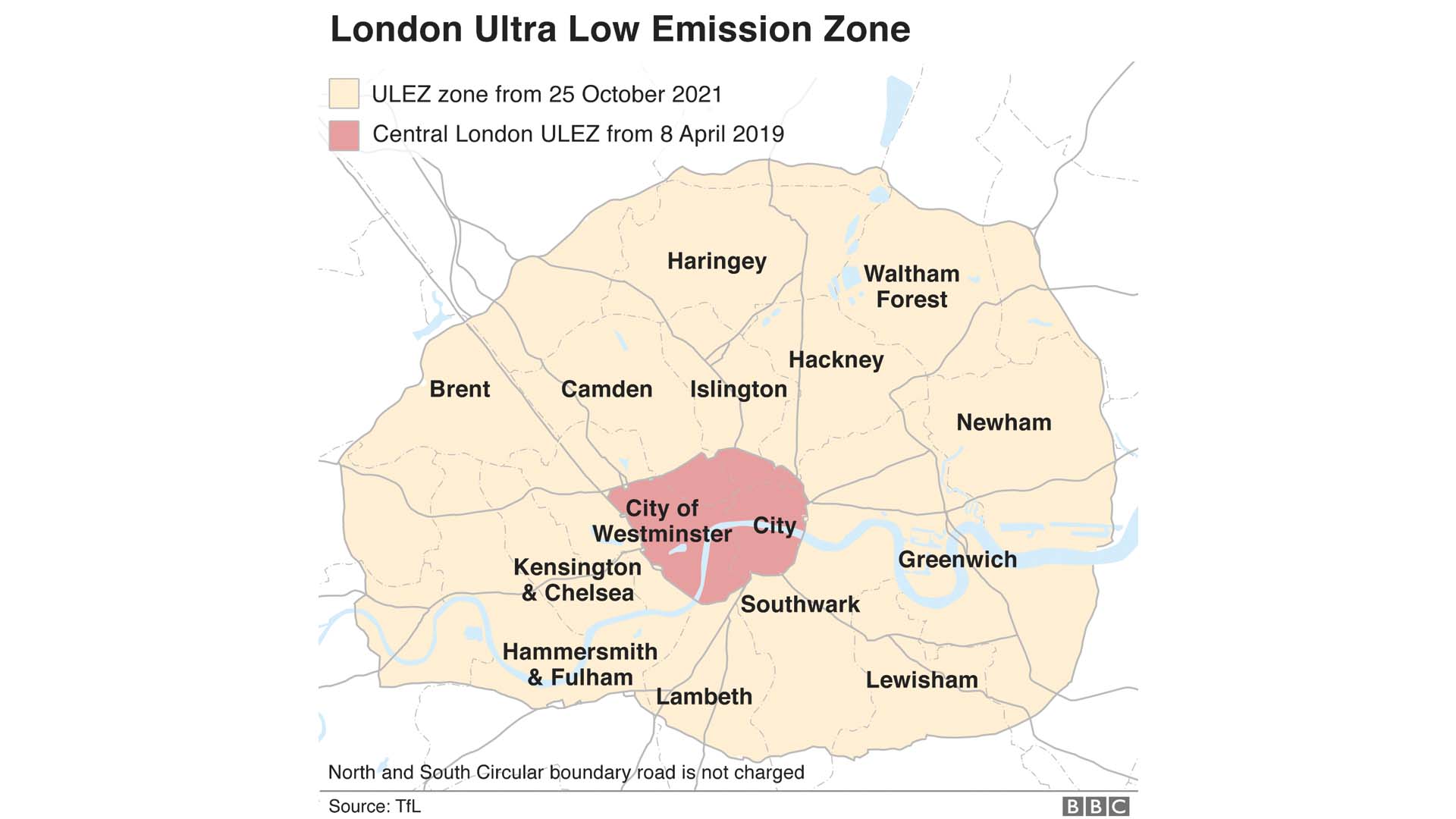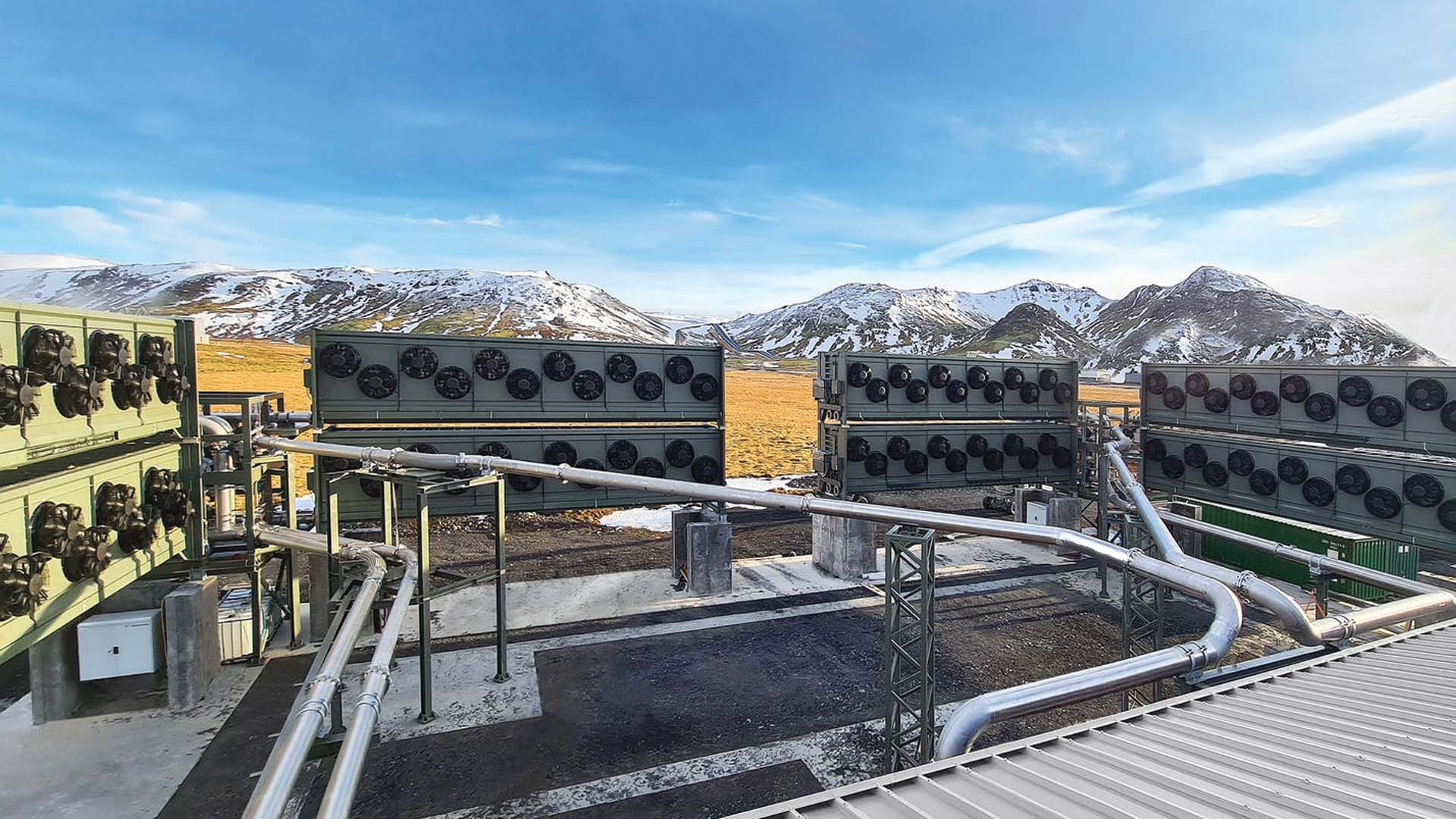As of 2021, over 100 countries, including the United States, pledged to have net-zero carbon emissions by 2050. To achieve net-zero carbon emissions, we must reduce greenhouse gas emissions released by humans and remove greenhouse gases from the atmosphere.
Decreasing GHG Emissions
Renewable Energy Sources
By 2050, almost 90% of the electricity produced globally will need to come from renewable sources. Currently, nearly 40% of all carbon dioxide pollution comes from power plants burning fossil fuels. This means that our energy usage and generation must change to make renewable energy sources more abundant, affordable, and accessible to everyone. Two of the most used renewable energy sources are wind and solar power. Whereas coal power plants create around 2.2 pounds of CO2 for every kilowatt-hour of electricity – solar panels and wind turbines create none at all.
The biggest advantages of wind energy are its worldwide availability and low cost. It is also a clean and sustainable fuel source. Windmills or wind turbines harness electricity from the wind using the kinetic energy generated by their turning motion. The motion starts when the wind is blowing the panels, and the motion will continue to control and use kinetic energy and convert it into electrical energy.

However, the best land-based wind sites are often in remote locations, far from where electricity is needed. The wind is also not constant, and even though new technology is increasingly allowing the turbine to reduce wasted wind, some energy is wasted. Additionally, wind turbines produce noise and aesthetic pollution in their local areas.
Wind farms built at sea are trying to prevent some of these issues. In fact, the Department of Energy’s (DOE) new offshore wind farm would generate enough clean electricity to power over 10 million homes, and keep 78 million metric tons of carbon dioxide out of the atmosphere.
Solar power, also known as photovoltaic power, is one the fastest growing and most popular alternative sources of energy. The crystalline silicon solar cells absorb photons and convert them to electrons. Solar power is beneficial because of its infinite source of power (the sun always rises!), and it can be done in anyone’s home or a single building.

One major disadvantage of solar power is that there is no solar power at night, and cloudy days and winter months provide less power, so a large battery bank is needed to supplement these issues. Additionally, there are high initial costs for the material and installation of solar power panels.
Hydrogen is also used as a renewable energy source as hydropower. It can be used in fuel cells to generate power using a chemical reaction rather than combustion, producing only water and heat as byproducts. Hydrogen-powered fuel cells are also two to three times more efficient than traditional combustion technologies.
However, hydrogen fuel cells are expensive because separating the element from others is a time-consuming and complex process. Additionally, hydrogen is highly flammable and lacks a smell, making dangerous leaks more likely and damaging. It is also hard to store and transport because it must be kept under high pressure at all times. Lastly, even though hydropower itself is renewable, its separation from oxygen requires non-renewable sources like coal, oil, and natural gas, making it still dependent on fossil fuels.
Nuclear Energy
Renewable energy sources like solar power, wind, and hydrogen provide clean, zero-emission energy around the world. However, some are variable with the weather or seasons and others are not available or plausible worldwide. To modulate the difference between when energy is produced and when energy is needed, renewable energy sources need a great deal of battery storage or a backup grid that uses fossil or nuclear energy. Since the goal is to get away from fossil fuels, and battery storage is not yet at the scale that is needed, nuclear power is the solution to back up renewable energy.

Additionally, nuclear energy has the capacity to run practically all of the time; whereas sources like solar and wind can only produce energy 30% of the time, nuclear can 90% of the time. Furthermore, a typical nuclear facility that is 1,000-megawatt takes up only takes up about 1 square mile to operate. Wind farms require 360 times more land area and solar photovoltaic plants require 75 times more space to produce the same amount of electricity.
In order to reach net-zero carbon emissions, we need all of the alternate energy sources to work together, including nuclear. For example, advanced nuclear reactors, which are reactors that don’t use water in their primary flow system, help in hydrogen production because they can handle the high temperatures needed to supplement the production. Additionally, microreactors, which are smaller nuclear reactors, can be deployed in remote communities that would not have power otherwise. Its adaptable design allows it to provide reliable carbon-free energy to challenging locations like Alaska or military bases.
Transportation
In 2019, greenhouse gas emissions from transportation accounted for about 29 percent of total U.S. greenhouse gas emissions, making it the largest contributor of U.S. greenhouse gas emissions. In order to reach a zero-carbon footprint, transportation’s effect on the environment must dramatically change. One study found that we would need nearly a 60% reduction in car mileage by 2035 to reach net-zero carbon emissions by 2050. Many cities have begun implementing changes and spearheading innovations to reduce transportation’s damaging effect.
For example, Glasgow, Scotland established the first Ultra-Low Emission Zone in 2017. This zone sets an environmental limit on certain road spaces, restricting access for the most polluting vehicles. This currently only applies to local service buses, but on June 1st, 2023, all vehicles entering the zone must meet the required emission standards to avoid a penalty.

Industries
Another major contribution to greenhouse gas emissions is emissions from companies in industries with a large climate footprint. In 2019, 23% of the total U.S greenhouse gas emissions were from industries that burn fossil fuels for energy or use chemical reactions to produce goods from raw materials. Many of these companies have announced plans to reduce their emissions and move towards net zero.
For example, the mining and construction company Caterpillar Inc. set a goal to reduce greenhouse gas emissions from their operations by 30 percent from 2018 to 2030. Oil and gas company BP aims to achieve net-zero carbon emissions by 2050, as well as cut the carbon intensity of the products it sells by 50% within the same time period. Additionally, car company Ford and airline company American Airlines have both committed to net-zero emissions by 2050.
Removal of Greenhouse Gases
Even with the implementation of renewable and nuclear energy and with cities and companies working to lower emissions, the greenhouse gases must still be removed from the atmosphere. The most obvious solution is planting trees and restoring forests.
There are many organizations with the sole goal to save forests, but others work it into their business. For example, logging company Ponsee actively manages forests, both after a forest fire or by thinning a forest. Even though it may sound counterproductive, thinning a forest by 50% sequesters a great deal of carbon and reduces the chance of a future forest fire.
Another way to remove carbon is by using direct air capture and storage (DACS) technology. DACS is an emerging technologic method that uses chemical reactions to capture CO2 from the atmosphere. When the air movies over these chemicals, they selectively react with and remove CO2, allowing the other components of air to pass through. Coupled with renewable energy and nuclear power, direct air capture could reach the scale necessary to capture millions of tonnes of CO2 per year to reach net-zero carbon emissions by 2050.
The newly opened Orca plant in Iceland is an example of this technology. The plant uses direct air capture technology to remove an expected 4,000 tonnes of carbon from the air each year. It captures carbon and stores it below ground in basalt rock where it can be mineralized. The rapid underground mineralization is where the CO2 is mixed with water, pumped underground, and then trapped in stone through a natural process that takes less than two years. The plant fully runs on renewable energy.

Photo Credit: ClimeWorks
Another way to remove carbon from the atmosphere is through bioenergy with carbon capture and storage (BECCS). Biomass is converted into heat, electricity, liquid, or gas fuels, and the carbon emissions from this bioenergy conversion are captured and stored in geological formations or embedded in long-lasting products. This can take many forms in several different sectors with several different biomass feedstocks; it is a fairly new and developing process.







